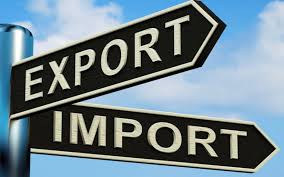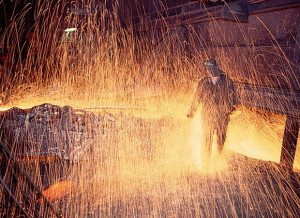
In 2013, Russia’s external turnover reached its highest level in modern history, amounting to the hefty $864.6 billion. Oil prices that from 2011 to 2014 constantly exceeded $100 per barrel had no small share in this. Thanks to this situation, such notions as budget deficit and state debt have become part of the history (albeit recent) of the 1990s that is being actively rewritten on Putin’s initiative.
Satisfied and content, Russian citizens – not everyone, but certainly the majority – came to believe that their financial stability was secure and demanded that the Kremlin come up with something more entertaining than the long-familiar reality TV shows, such as Dom 2 and Let Them Talk. Having tamed Siberian tigers and flown with Siberian white cranes, Putin responded to popular yearning for something better than TV fencing by treating his loyal people with the Sochi Olympics, and then the annexation of Crimea and the war in Donbass.
However, Russia’s foreign partners did not particularly like such reality shows and responded to them by introducing economic sanctions. Furthermore, the historic cycle of high oil prices came to an end, and in the summer of 2014 oil prices plummeted. That same year, Russia’s external trade decreased by around 7 percent, and in 2015, the country’s foreign trade dropped by 33 percent year-on-year from 2014. Statistical data for the first quarter of 2016 shows that this decrease will continue, since foreign trade is falling by more than 25 percent compared to last year. Consequently, in less than three years, the drop reached 65 percent.
The export and import patterns Read More “Foreign Trade: An Unlearned Lesson”






